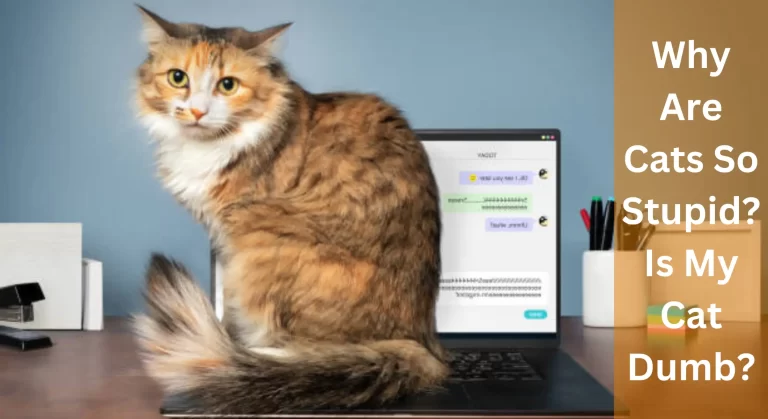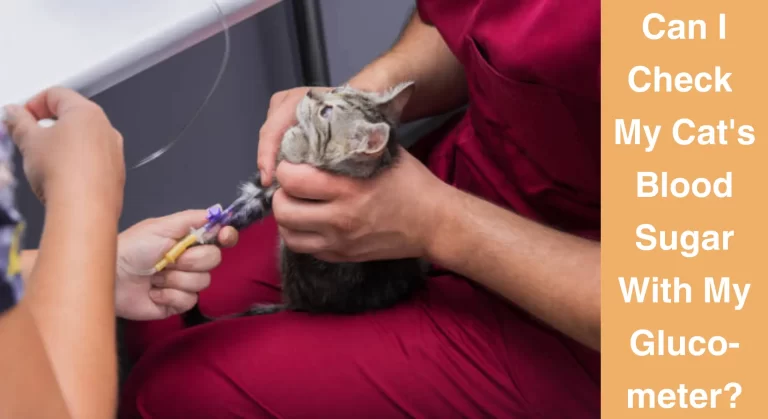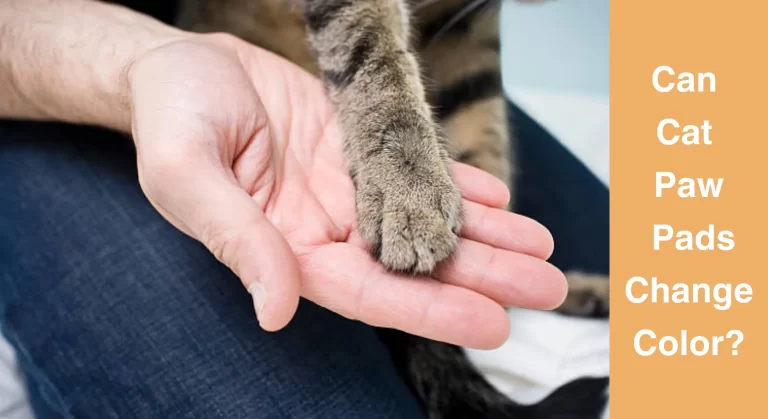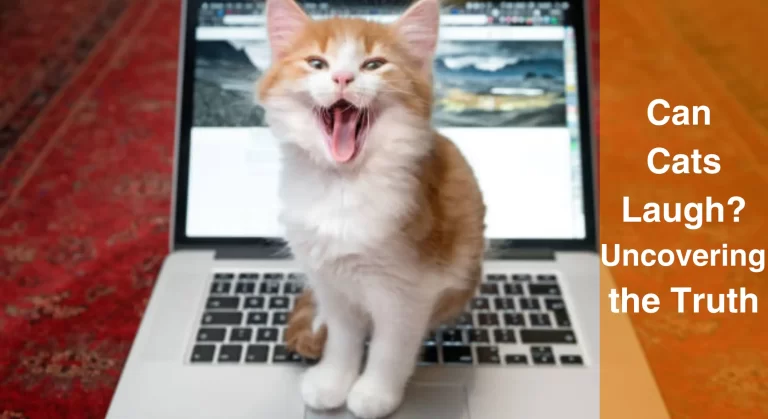Do Cats Have Hair or Fur? What’s the Difference
Cat breeders and most cat owners use both hair and fur words for cats. Both these terms can be used interchangeably. Mostly the hair term describes a single strand or few strands. But, on the other hand, fur is used for thick hair like cats have. In essence, then, hair is a trait shared by all animals. Animal hair is referred to as fur. There are, however, a few exceptions: We often refer to an animal’s extremely coarse or scant fur, such as that of a pig or elephant, as hair.
But most people are still confused that do cats have hair or fur. and what’s the clear difference between these terms?
Cats have fur, a type of hair that is typically thicker and longer than human hair. This fur is primarily composed of keratin, the same protein found in human hair, nails, and skin. The thickness of a cat’s fur varies among breeds, with some having finer, more delicate fur, while others have dense, plush coats. However, cat fur is uniquely adapted to provide warmth and protection, consisting of a dense undercoat and a coarser topcoat, making it an essential feature for their well-being.
In this article I’ve disclosed some facts about whether cats have fur or hair or both. Moreover, this guide will also help you to know more interesting facts about cats’ healthy furry coats. Are you curious to know more? Then let’s dig into this post till the end:
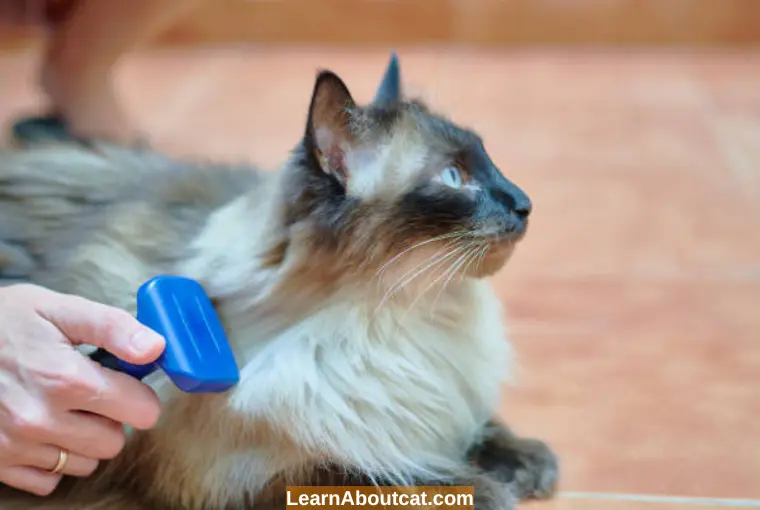
Difference between Cat Fur and Cat Hair
Scientifically, there is no substantial difference between hair and fur, and the terms are often used interchangeably.
Hair is a protein protrusion that is unique to animals. Keratin, a protein that is a polymer of amino acids, is the main component of hair fiber. Despite growing from hair follicles located deep inside the dermis, it protrudes through the epidermis.
The term “fur” stands for the pelage, or body hair, of non-human creatures. Those lacking fur are sometimes referred to as “hairless” or “naked” animals. Some creatures don’t have hair throughout life stages.
Also Read: Why Is My Cat’s Fur So Soft?
1. Chemical structure
Because they are both formed of keratin, hairs, and fur are chemically similar and cannot be distinguished from one another. The language used to describe hair and fur differs significantly. Humans are believed to have hair, but non-human creatures’ hair is referred to as “fur.”
2. Hair Follicle
The innermost portion of the hair follicle is among the primary distinctions between human and animal hair. In the case of animals, the core enables the covering of hair to offer great insulation from heat and cold as well as some level of rain protection.
Animal hair’s coarse texture also serves as a fantastic barrier against moisture and rain, in addition to its ability to regulate temperature. Human hair, on the other hand, is incapable of regulating body temperature in this way.
3. Growth Pattern
The development pattern is a crucial difference between human and animal hair. Animals’ hair development is often more synced with the weather than it is in humans, whose hair strands grow more autonomously.
Animal hair develops to a given point and then just falls out, to be replaced with fresh hair once the time is appropriate, but human hair must be trimmed to one’s desire.
Do Cats Have Hair or Fur? Hair vs Fur
Technically speaking, there isn’t much distinction between hair and fur. It is better to sum up, the differences in our perspectives as follows:
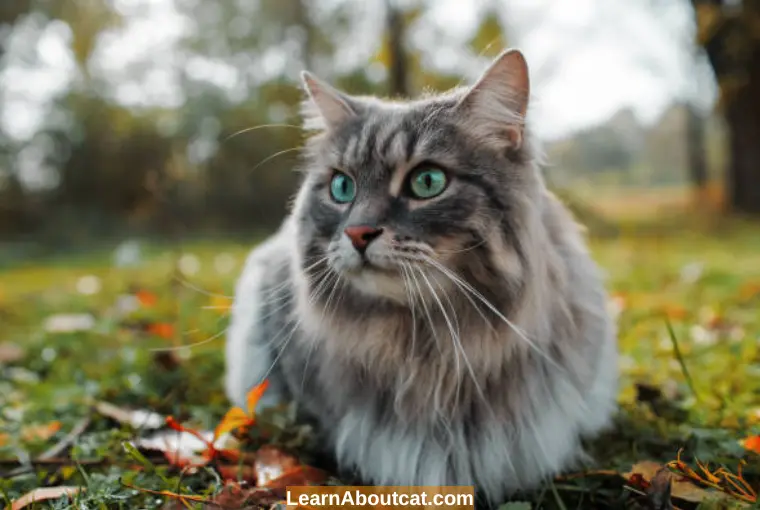
Hair
Only animals have hair. It develops from protein-producing hair follicles, which are present almost everywhere in the body.
Fur
The body also similarly produces fur. The phrase, which is also referred to as pelage, is frequently used to describe the hair of mammals (other than humans).
It’s interesting to note that animals are considered to as hairless when they lack hair or fur, as the Sphynx cat or other breeds. They are never described as being furless, right? This is because, broadly speaking, when a covering is thicker than the hairs that naturally develop on our bodies, people will automatically use the term “fur.”
However, there is no difference in the chemical makeup of fur and hair (source). This indicates that individuals choose between the two terms based on their respective qualities.
Find Out: Can Cat Paw Pads Change Color?
Myths About Hair and Fur
People claiming that “hair” never stops growing is another characteristic I’ve read. Although this cannot be true of body hair, it is like the hair on our heads. While “fur” continues to grow until it reaches a particular length. Most of the animals’ fur is faithful to this; nonetheless, this conclusion is only based on observation.
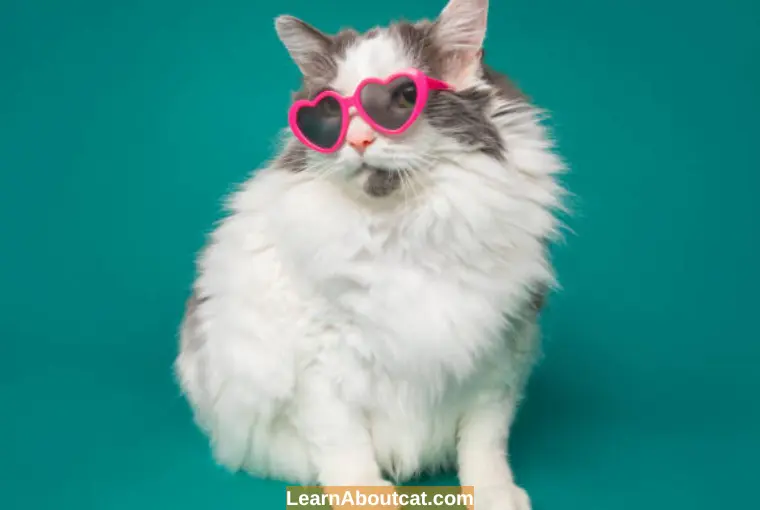
I’ve personally seen that US English tends to use the term hair more frequently, whilst UK English tends to use it far more frequently. But that’s simply something I’ve seen over the years; it could not mean anything.
Types of Cat Hair and Coats
Cat hair grows beneath the skin from the epidermis layer, and as you know, hair has different structures, so it all depends on its kind. The muscle that is closest to the base of the skin is very temperature sensitive, which means it can be easily affected by a slight change in temperature.

This muscle tightens in cold conditions or when a cat is scared or agitated, causing the surrounding fur to stand upright and give the cat the well-known “Halloween cat” appearance.
Cats’ coats can include one to three different types of hair, referred to as a “double coat” and a “triple coat,” in addition to unique whiskers on their body, which also resemble hairs.
1. Whiskers (Vibrissae)
When it comes to cats, whiskers are the lengthy, strong, tactile hairs that start to grow from the cheeks, over the area of the eyes, and on the outer part of the lower legs.
Cats’ incredibly sensitive whiskers are crucial for their abilities to detect openings, navigate in complete darkness, and maybe even detect scent. Cats’ whiskers play a significant role in interpreting body language.
Check Out: What Happens If You Cut A Cats Whiskers?
Also, Check Out: Why Does My Cat Have One Black Whisker?
2. Guard Hairs
The lengthier, thicker hairs that protrude past the “base coat” are called guard hairs which are also known as awn hairs. This type of hair on the cat’s body describes its basic color.
Guard hairs aid in delaying the flow of water and keeping a cat dry. That’s how they guard cats against getting wet.
3. Undercoat Hairs
Another term used for undercoat is down. The fluffier, finer hair provides warmth. If a cat is not routinely groomed, this hair is the one that is prone to matting.
4. Vellus
These are the same scant, ultra-fine hairs that may be found on sphynx cats. In addition, however, only a few regions of the human body have vellus.
Cat Hair and Allergies
A small protein particle that is present in a cat’s mouth is the allergen that cats carry. When they clean, they transmit it to their hair, where it accumulates into small flakes that are known as dander.
People mistakenly believe that cat “hair” is the major cause of allergy since long and thick cat hair includes more dander.
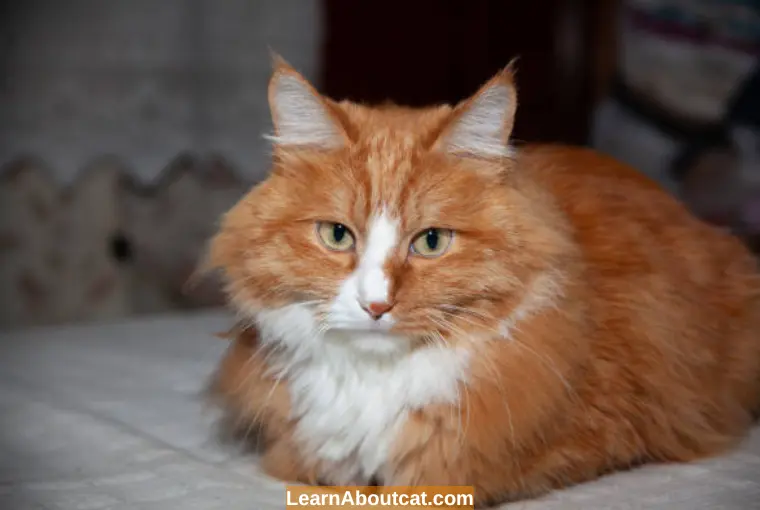
Dander may also be present in the air, beds, carpets, and curtains, as well as throughout the entire house. The good thing is that allergies to cat dander may frequently be managed.
Also Read: Causes of Cat Dandruff And Prevention – A Guide to Dandruff in Cats
Three Hair Type Categories of Cats
1. Long Cat Hairs
Long cat hair, which typically grows around two and five inches, is lovely but can entangle if not properly maintained. Persians are renowned for their flowy coats, and Colonel Meow, a Persian-Himalayan mix, holds the Guinness record for the longest cat fur. His hair was nine inches long.
2. Short-Haired Cats
These easy-care cats often don’t shed much and are quite easy to maintain. For example, a Burmese cat simply needs the occasional brushing and a short inspection for fleas and ticks. Rarely does short cat hair grow more than two inches.
Although most cats do a great job of grooming themselves, the Hepper Cat Brush eliminates the need for them to spend a couple of hours lapping at their free fur.
3. Hairless Cats
No cat has a completely bald body; however, some breeds only have a light coat that looks like suede. Since they lack a natural defense against losing body heat, these cats frequently enjoy cuddling.
They would do best in a home with a wardrobe full of cat clothes or a warm environment. To get rid of body oils and ear wax, these fellas also require a weekly wash.
Frequently Asked Questions
Do all cats have the same type of fur?
No, cats come in a wide variety of breeds, and each has its own unique coat type, varying in length, texture, and color.
What breed of cat has hair, not fur?
Although Cornish rexes have hair, it is merely the very silky “undercoat” of down hair. Due to their lower shedding than other breeds, Cornish rexes can cause significantly fewer or even no allergic reactions in certain persons who are allergic to cats.
Can I reduce allergies by choosing a specific cat breed?
Some cat breeds are considered more hypoallergenic than others, but individual reactions can vary. If you have allergies, spend time with the cat before bringing it home to see how you react.
Do hairless cats really have no fur?
Hairless cats, like the Sphynx, do have a type of fine downy fur, but it’s extremely short and not as noticeable as the fur on other cat breeds.
Can I use human hair products on my cat’s fur?
It’s not advisable to use human hair products on cats. Use cat-specific grooming tools and products to maintain their coat and skin health
Is dog hair called fur?
Yes, dog hair is commonly referred to as fur, just like cat fur. Both are made of keratin and share similar characteristics.
Do kittens have fur or hair?
Kittens are born with a very fine and soft layer of fur. This fur gradually develops and becomes more noticeable as it grows.
CONCLUSION
I hope that after reading this post, you will be able to distinguish between a cat’s fur and hair. As you know both the terms “fur” and “hair” are interchangeable, so there is no need to get confused over it. However, there might be a slight difference, such as in the case of dense hair growth, the term “fur” is mostly used. Fur is frequently thought of as being softer, completely encasing the region, and distinct from human hair.
Cats have a very distinctive way of growing their coats. They have several hair kinds, each of which serves a particular purpose, and the combined effect is a thick coat. I believe this is why they are frequently referred to as possessing fur. Similar to dogs, the word “dog fur” is used considerably more frequently than “dog hair.”
Who is Isabella?
My name is Isabella, and I am a dedicated and knowledgeable cat enthusiast. With years of experience caring for cats and a deep love for felines, I made a mission to help other cat lovers navigate the challenges of cat ownership.

